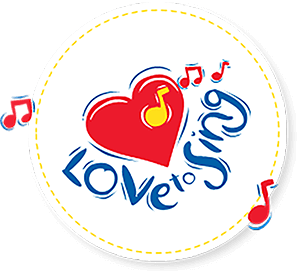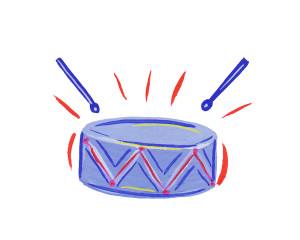[pro_ad_display_adzone id=”4256″]
A cappella: Music is specifically group or solo singing without instrumental accompaniment.
Beat: A steady pulse
Body Percussion: Use of the body to make percussive (sounds that can play the beat or rhythm). Examples of body percussion clapping hands, stamping feet, thigh slapping, tongue clucking…
Dynamics: The varying levels of loudness or softness.
Elements of Music: The key ingredients of music e.g. beat, rhythm, pitch, tempo, tone colour or timbre and dynamics.
Environmental Sounds: Found sounds that are made from anything in the natural or man-made environment that can be safely banged together, shaken, scraped, blown into, rattled, tapped e.g. pots and pans, spoons, buckets, sticks, pebbles, shells, driftwood, coconut shells, plastic bottles and fillers – split peas, rice, peppercorns, small pebbles, water.
Form: The compositional structure or structures that shape a musical work or section of a work; or a particular genre of music e.g. the symphony.
Genre: A category of music e.g. disco, jazz, hip hop, rap etc.
Graphic Notation: In which sound or music is represented by symbols e.g. shapes or lines.
Harmony: The combination of simultaneously sounded musical notes to produce a pleasing effect.
Improvisation: Is the creative activity of immediate “in the moment” musical composition, which combines performance with communication of emotions and instrumental technique as well as spontaneous response to other musicians.
Melody: Is a memorable series of pitches. In a non-formal setting, we can just say it’s the tune of the song.
Mood: The atmosphere or feelings associated with a piece of music or song.
[pro_ad_display_adzone id=”4258″]
Notation: Is the writing down of a piece of music; or the written form itself.
Ostinato: A repeated accompaniment pattern that can be rhythmic or melodic and that is maintained throughout a section or piece. E.g. “Boom diddy boom, diddy boom boom boom”
Pentatonic Scale: is a musical scale or mode with five notes per octave e.g. C D E G A; F G A C D; G A B D E … pentatonic music is considered to be appropriate for young children due to its simplicity.
Pitch: The degree of highness or lowness in a note.
Representation: Using some form of notation to convey musical ideas or compositional intent.
Rest: Silent beat(s)
Rhythm: Short and long sounds that fit over an underlying beat.
Rhythm Pattern: Combination of long and short sounds that fit over an underlying beat.
Sound Source: Is the means by which a sound is produced e.g. an instrument, voice, environmental object, electronic device.
Tempo: The speed of the beat
Tone Colour or Timbre: The specific sound quality of a voice or instrument
Tuned Percussion: Instruments are pitched and can produce tunes or melodies e.g. piano, xylophone, glockenspiel…
Untuned Percussion: Instruments with no notes or definite pitch e.g. maracas, tambourine, bells…

